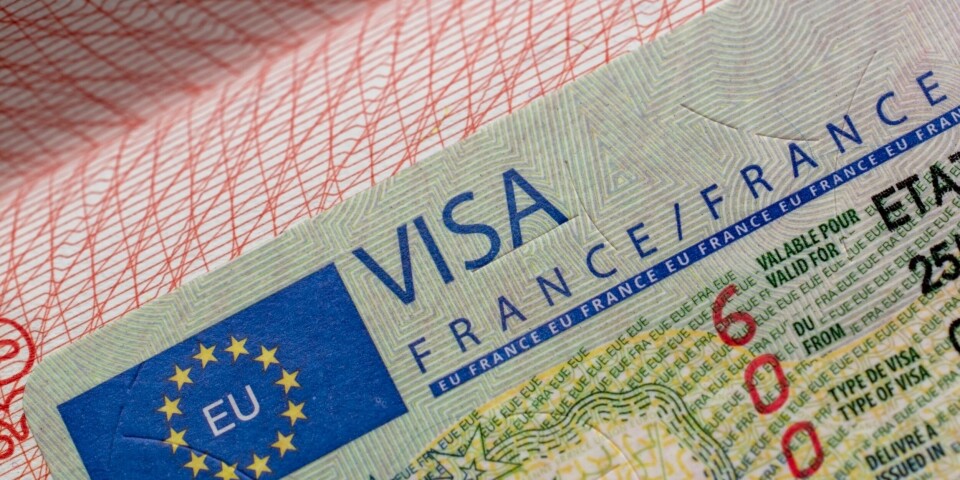How France’s vehicle maluses work and what changes are planned
It is expected that four in five vehicles sold will face ecology taxes by 2027
Under the new government’s plans, even small vehicles such as the Renault Clio will begin to face penalties, as others see taxes against them increase
gd_project/Shutterstock
France’s new budget for next year has been announced, with the government looking to close a €60 billion deficit.
Read more: Tax increases and spending cuts: France's 2025 budget revealed
The majority of this amount will come through cuts to state expenditure, but around €20 billion will come from tax rises.
One additional stream of tax revenue – that ties into prime minister Michel Barnier’s secondary objective to reduce France’s ‘ecological debt’ – is stricter penalties on purchases of the most polluting vehicles, via an environmental tax (taxe environnementale).
The tax comes in the form of two ‘maluses’ that must be paid – at the time of the first purchase – on vehicles which go above weight and CO² emission limits.
The aim of the tax is to “encourage French and foreign manufacturers to give priority to the deployment of electric cars in France,” said Finance Minister Antoine Armand when announcing the budget.
In contrast, ‘bonuses’ such as the bonus écologique are paid out when purchasing electric vehicles.
Read more: Explained: Electric vehicle grants, maintenance and charging in France
What are the penalties?
Two additional maluses can be levied when purchasing a car (separately or simultaneously) if they go above the set limits.
Current rules see a tax kick in on vehicles that emit over 118 grams of CO² per km driven.
Under current government plans, this limit will decrease gradually and by 2027 drop to 99 grams per km (113 grams in 2025 and 106 grams in 2026).
Vehicles that produce CO² over this limit are liable to the tax, which rises in value the further away from the maximum limit the car’s emissions are.
The tax starts small – at current rates, it is €50 for going one gram over, €150 for four grams over, €260 for going 10 grams over the 118 gram limit – but rapidly rises when the penalty reaches €1,000 or more.
Currently, the maximum additional penalty (for vehicles producing more than 193 grams of CO² per km) is €60,000, but this would rise to €90,000 by 2027.
The 2024 levels of the malus can be found here – the exact updated rates for 2025 will be published in the Journal Officiel once the budget has been passed.
In addition, a one-off weight malus is applied.
Currently, it is levied on cars weighing more than 1.6 tonnes, but this would drop to 1.5 tonnes in 2026.
Calculations on the overall rate of the malus are complex (they apply an increasing marginal rate on the weight over the maximum allowance), and are based on the vehicle’s standard weight including consumables such as fuel, as specified by the manufacturer.
Rules can be found here, but penalties often reach into the thousands.
The maximum rate of tax that can be applied – €60,000 – is not currently set to change, but as the weight limit drops, more vehicles will be affected.
Combined, these measures are expected to raise €300 million by the end of 2026.
Up to 80% of cars to face penalties
The number of new cars set to be affected is huge.
According to one report by automotive industry experts Mobilians, 80% of vehicles on the market are predicted to face one of the maluses by 2027, compared to just 40% in 2023.
This means virtually all petrol and diesel cars would incur one of the two taxes.
Models already facing penalties include the Dacia Duster 2, Citroën C3 and Peugeot 308. These were all amongst the ten most popular vehicles sold in 2023 in France.
Taxes on all these vehicle types would rise as maximum emission and weight allowances are reduced, making them further from the limits.
Other popular vehicles including the Volkswagen T-Cross, Citroën DS3 Crossback and Renault Twingo should also face penalties under the new regulations, as would smaller cars such as the Fiat 500 Multijet, Dacia Lodgy and Renault Clio.
The taxes on Renault vehicles – around €34 million this year – would rise to over €330 million by 2027.
Of course, larger vehicles such as SUVs are already penalised, and would be hit even harder.
Read more: Is €12,000 malus for importing my SUV to France correct?
Hybrid vehicles – which are currently excluded from penalties – would face them from 2025 onwards, falling foul in particular of weight rules.
Up to 60% of all revenue from the maluses would come from hybrid vehicles in 2025, raising more than petrol and diesel cars combined.
Many cars that face penalties are only slightly over the limits, paying small penalties – in the first nine months of 2024, the average penalty paid out was €754.
This is predicted to rise to €1,543 in 2025, €2,008 in 2026 and finally €2,524 in 2027 by Mobilians, an increase of 235%.
Read more: Roadworthy CT tests expected to change for car owners in France in January 2025





























